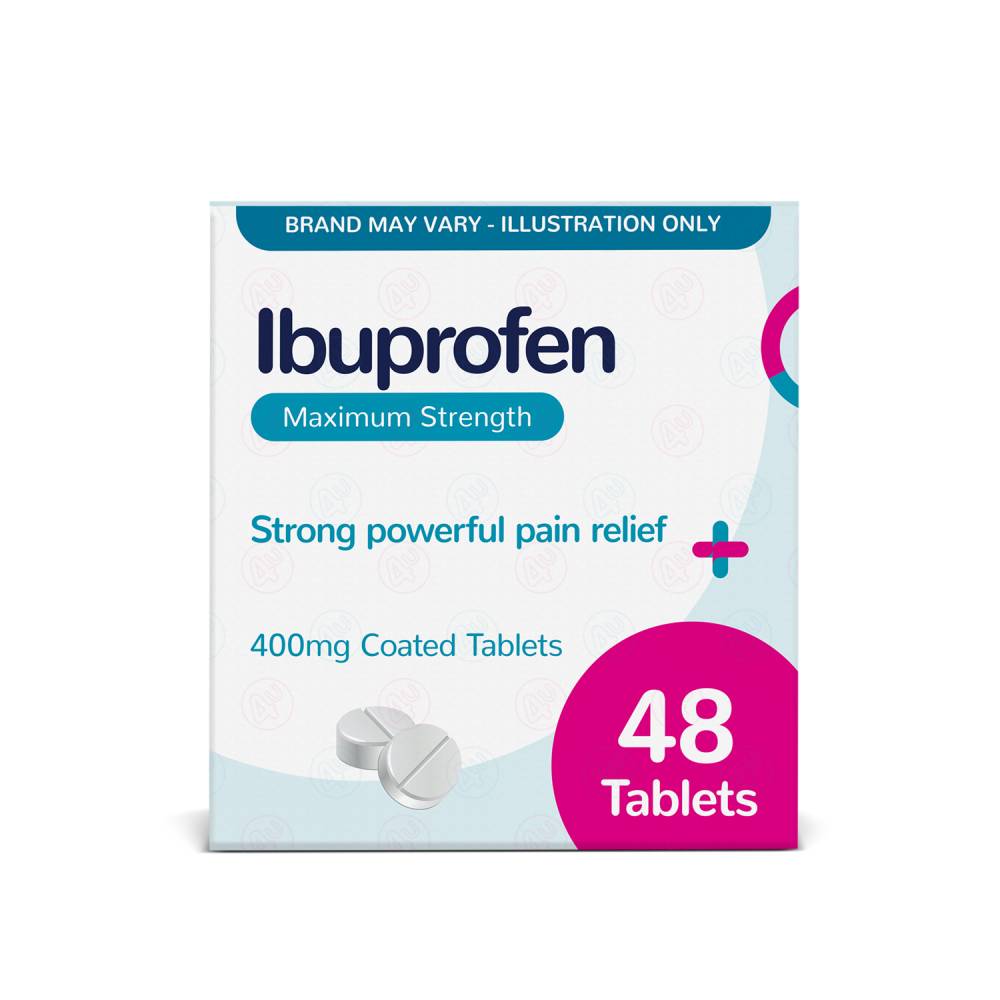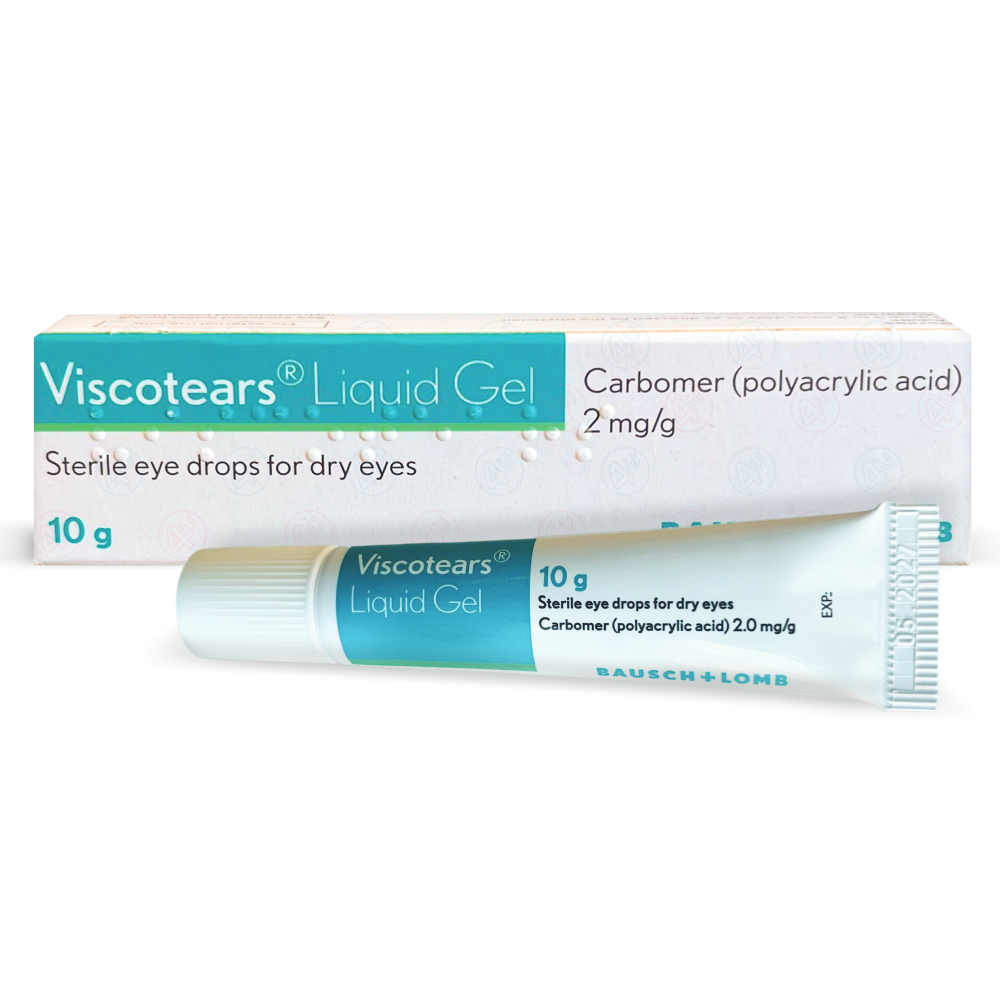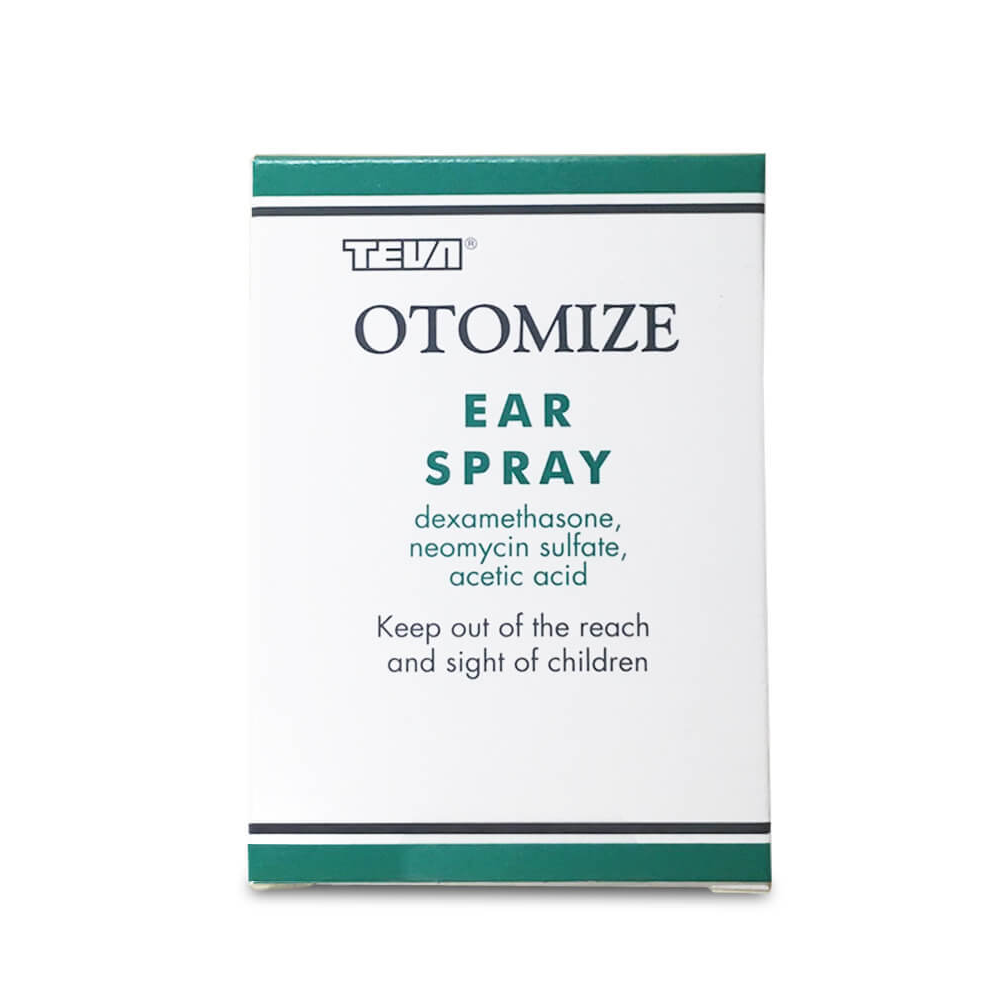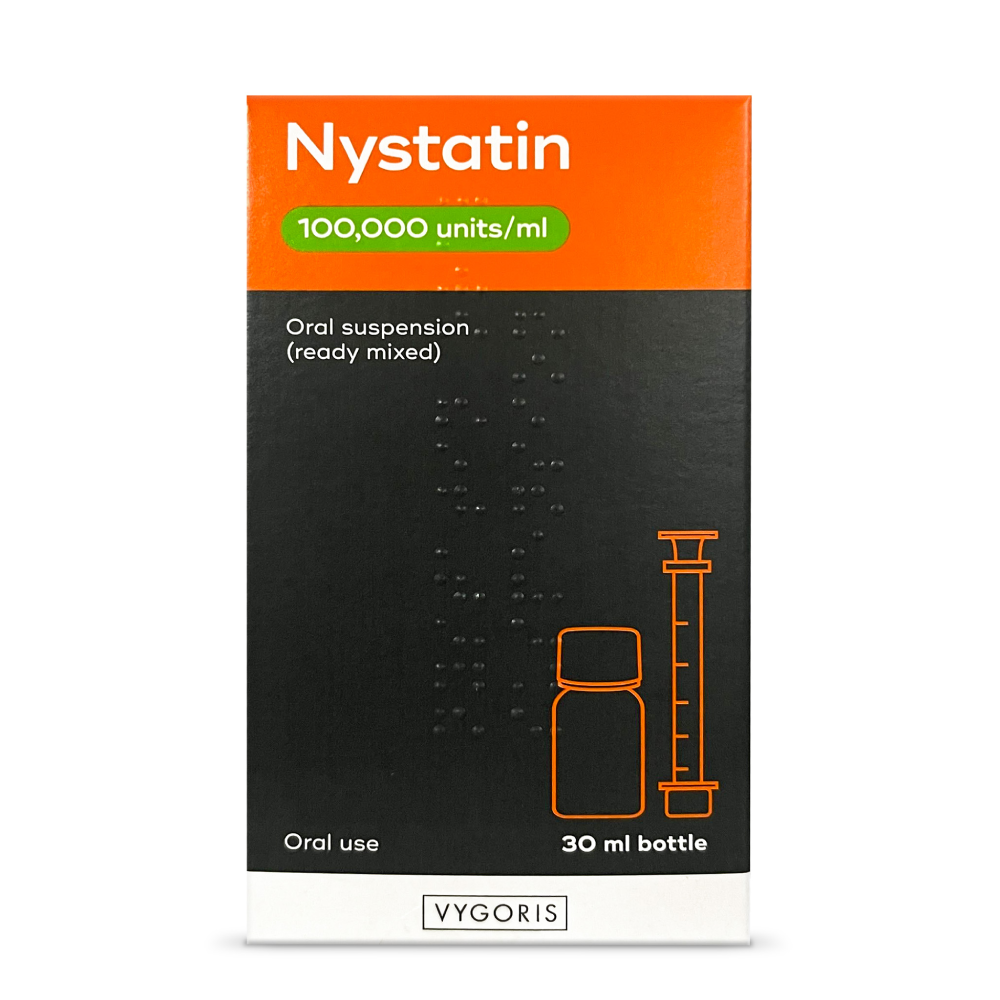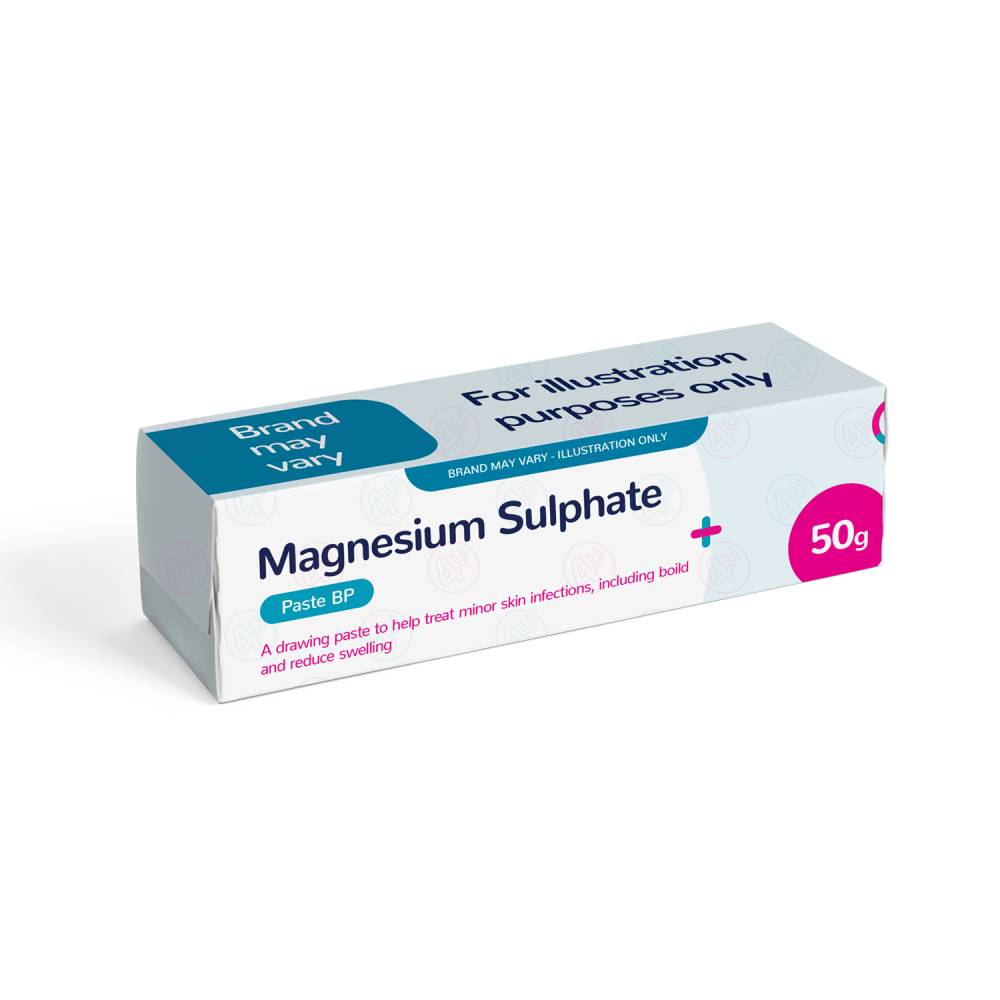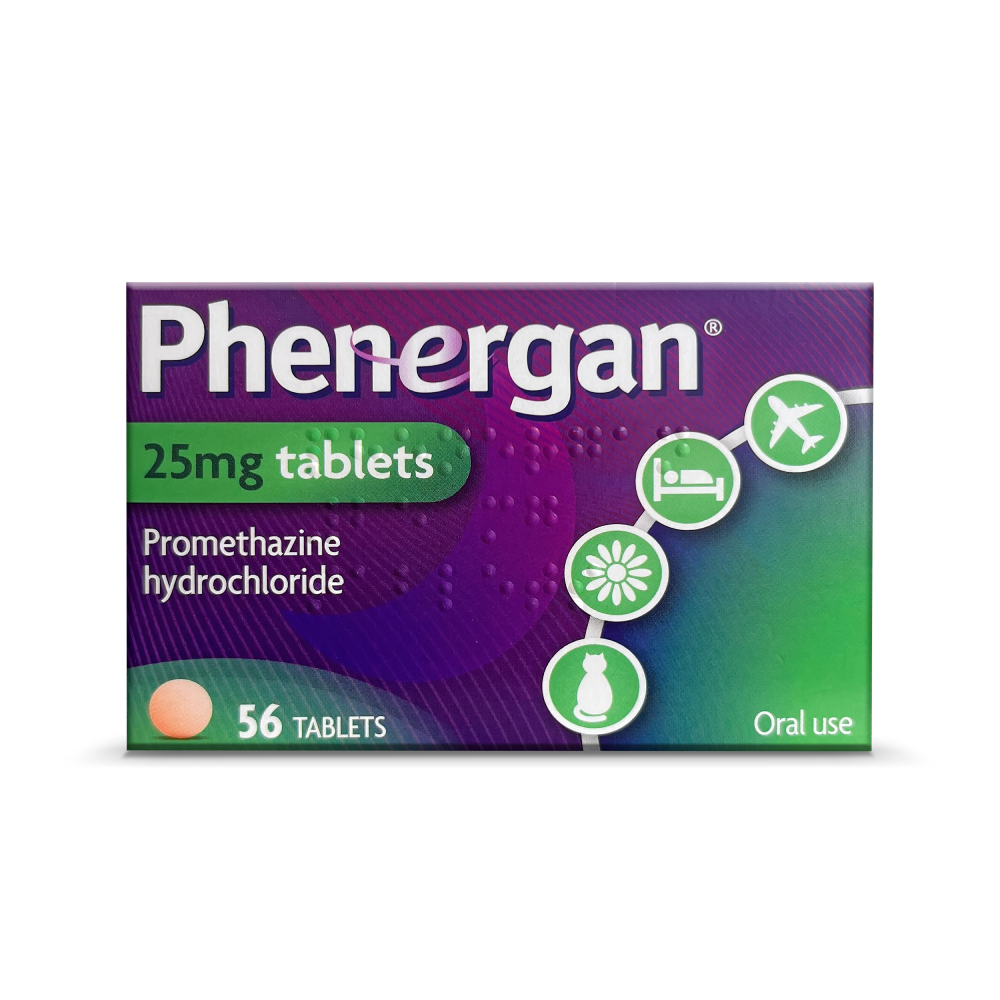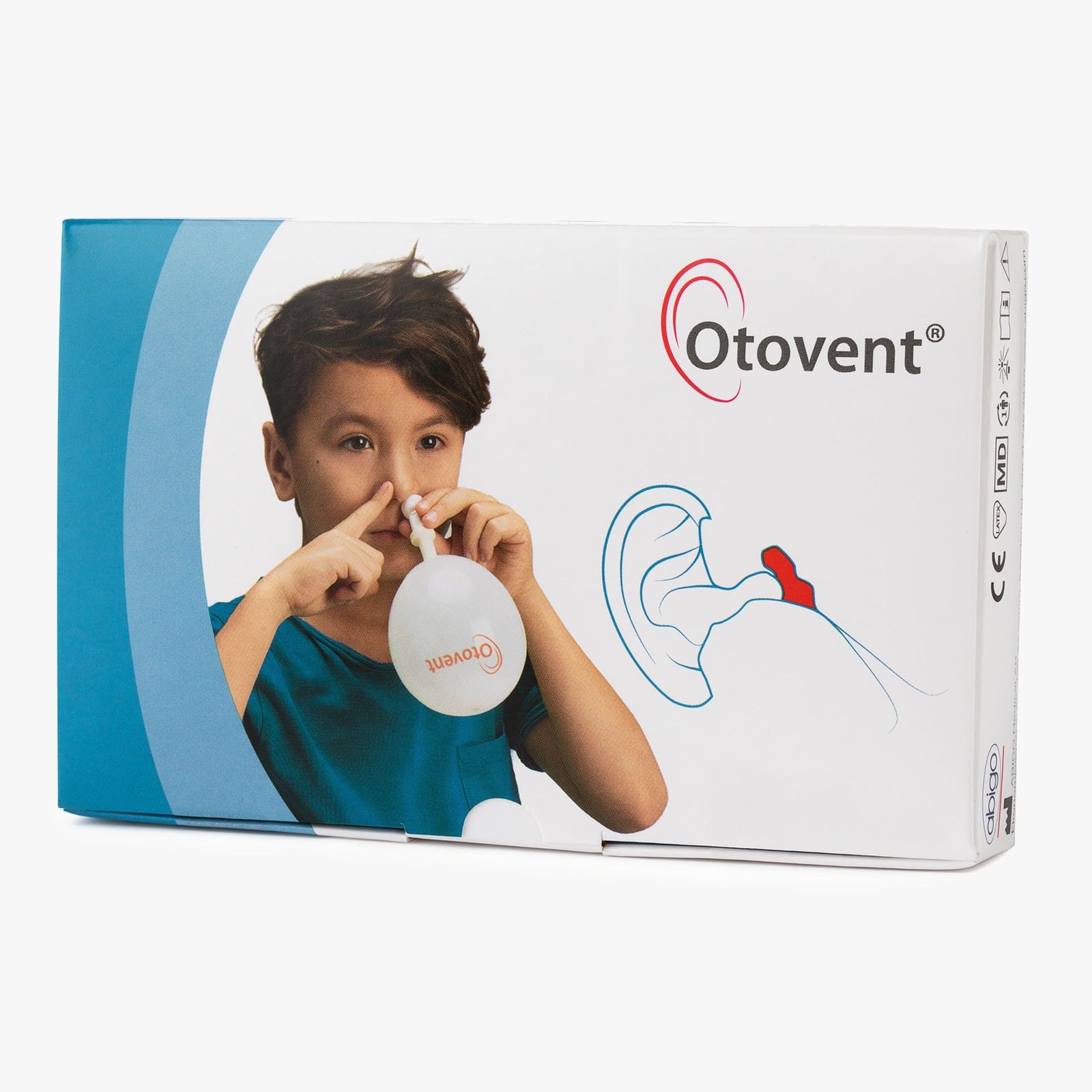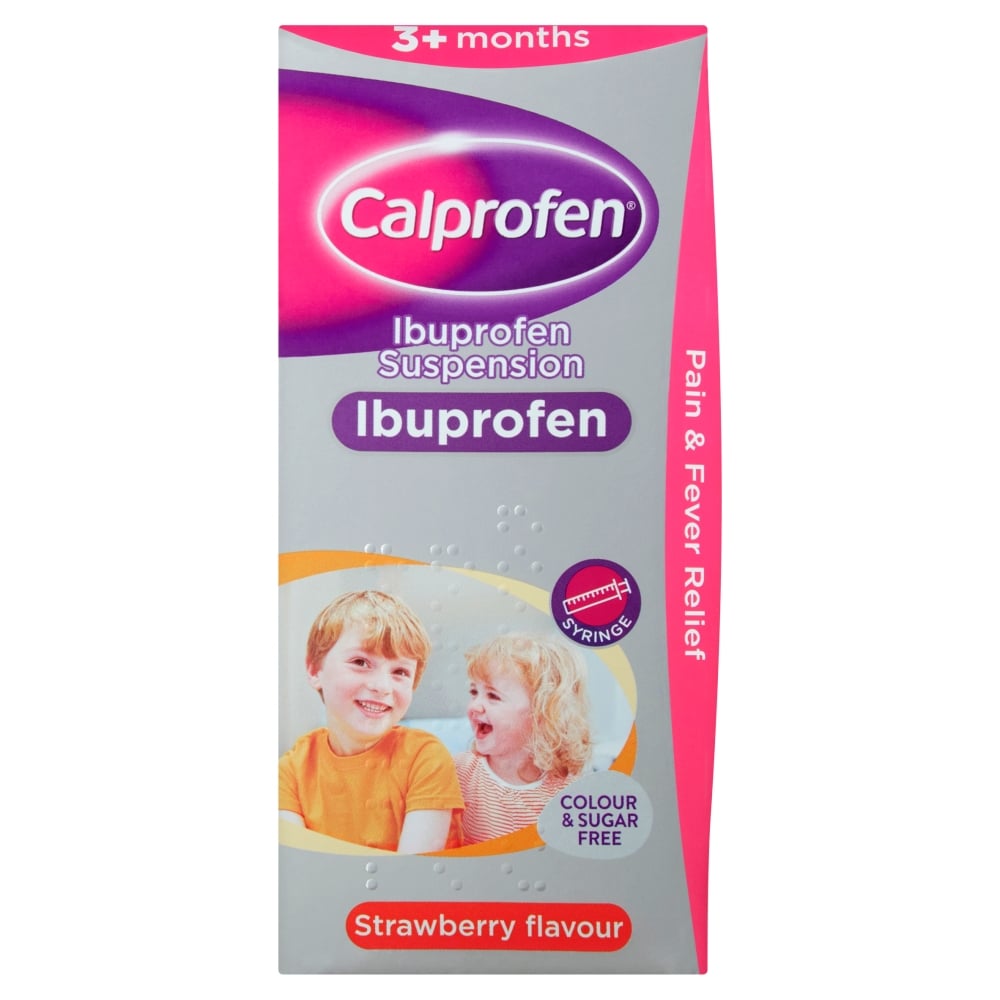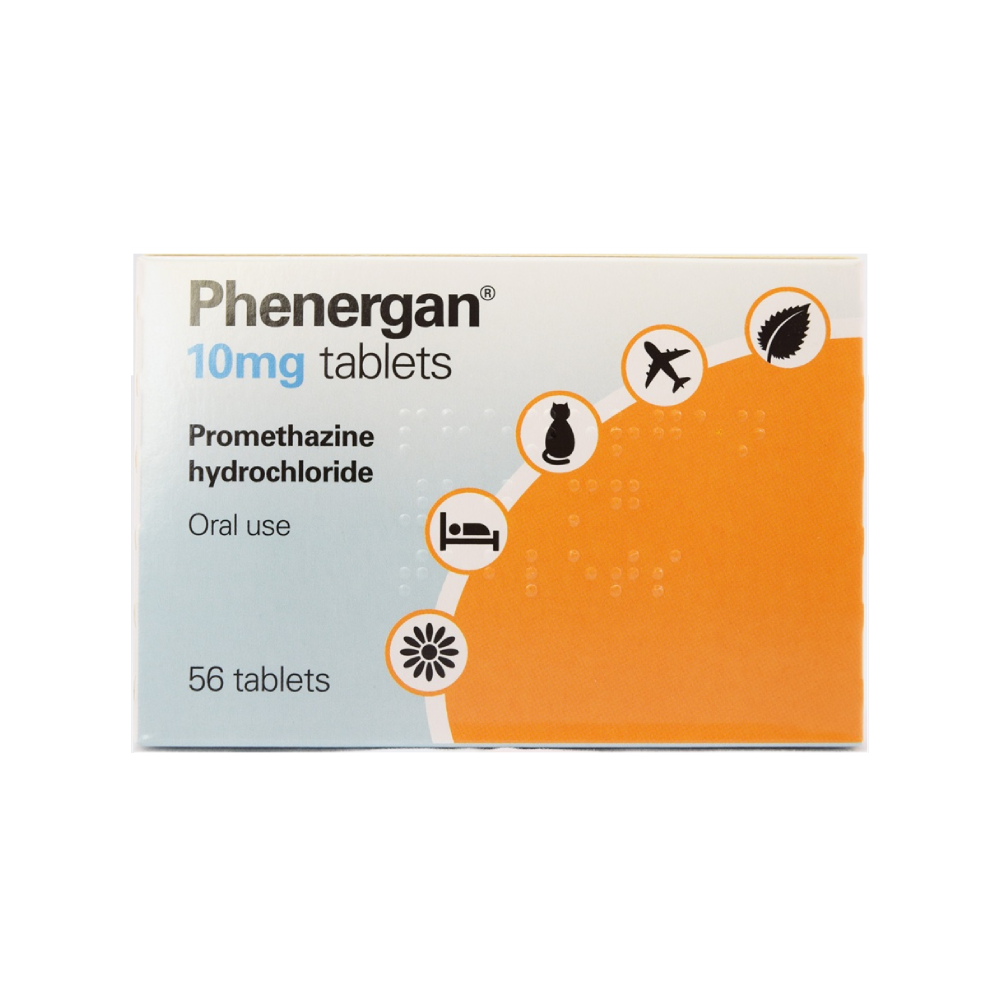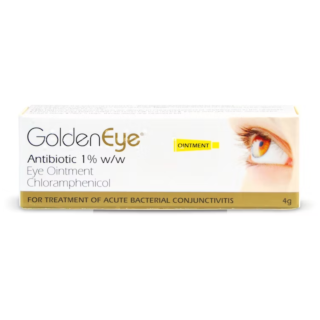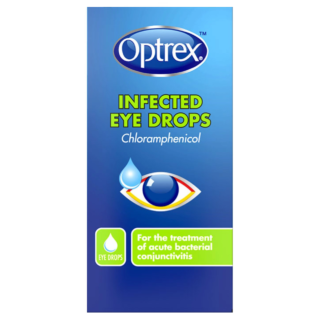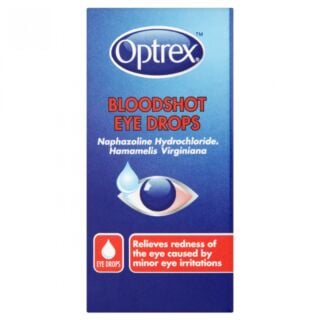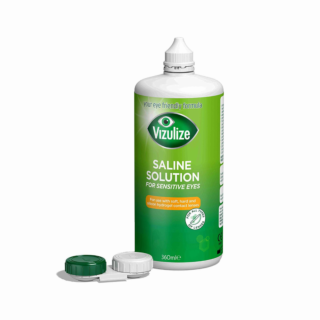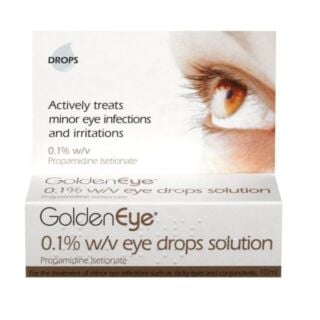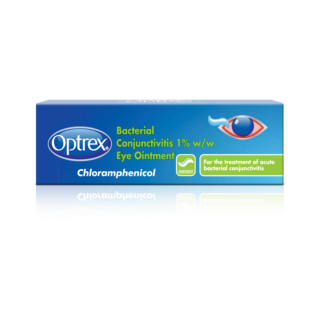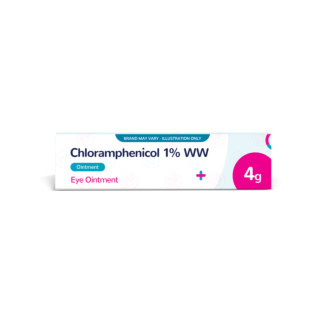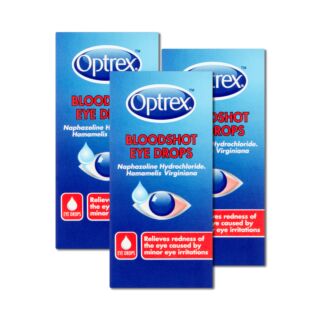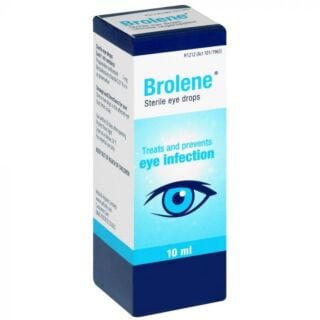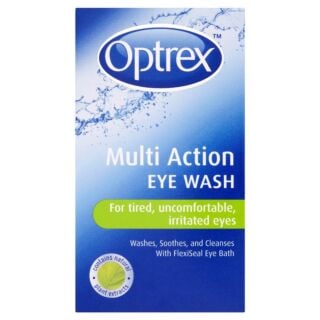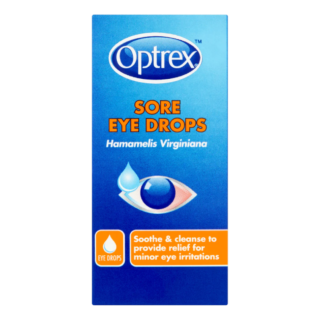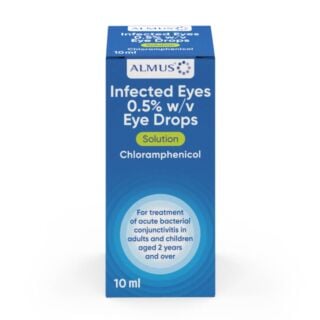Eye Infections
As anyone who’s ever had an eye infection will know, you can’t hide them. From inflammation to redness, the signs of an eye infection aren’t subtle.1,2 But they are incredibly common.1 Conjunctivitis alone accounts for 1% of all GP consultations in the UK.3 … Read More See less
-
While you may have only heard of conjunctivitis, there are actually several different types of eye infections.1,2 These can range from mild infections to medical emergencies, can occur in one eye or both eyes, and can affect nearly any part of your eye, including your eyelid, cornea, conjunctiva or retina.1,4 As a result, they all require different treatment approaches.1
-
Knowing which type of eye infection you have is a vital part of ensuring you can take the necessary steps to protect your vision. Let’s explore the various types of eye infections, signs of eye infections and the different treatment options available.
What is an eye infection?
An eye infection is a disease of the eye that occurs when bacteria, fungi, parasites and viruses get into your eye.1,2 This can occur due to:1,2
- Injuries (e.g. A scratch) or trauma
- Physical contact with an infected person
- Touching a contaminated surface and then touching your eye
You can also develop an eye infection if you sleep in your contact lenses or don’t clean them properly.1
Types of infections include:1,5–12
- Blepharitis – inflammation of the eyelids due to an infection or clogged oil glands. Blepharitis isn’t usually contagious
- Keratitis (corneal ulcer) – inflammation of the cornea (the clear outer layer of your eye). Keratitis can be either infectious or non-infectious (due to trauma)
- Orbital cellulitis – a bacterial infection of the tissue that surrounds your eye. Orbital cellulitis most commonly affects children under the age of seven and can cause vision loss and even lead to sepsis
- Dacryocystitis – inflammation or infection of your tear sac due to blocked tear ducts. Dacryocystitis isn’t usually contagious
- Conjunctivitis (pink eye) – inflammation of the conjunctiva, the clear membrane that covers parts of your eyes and the inside of your eyelids. Conjunctivitis is the most common type of eye infection and can be highly contagious
- Endophthalmitis – inflammation and infection of the fluids within your eye. Endophthalmitis is not contagious
- Stye – a painful red bump on the edge of your eyelid that forms when a tiny oil gland near your eyelashes becomes blocked and gets infected. A stye generally isn’t contagious
- Uveitis – inflammation of the uvea (the middle layer of your eye). Uveitis is not contagious
- Ocular herpes (herpes simplex) – a viral infection caused by the same virus that produces cold sores. This is a serious condition that needs urgent medical treatment. Some types of ocular herpes can be contagious
- Trachoma – an eye disease caused by a bacterium called chlamydia trachomatis. Repeated infections can cause scarring and blindness. Trachoma is highly contagious
Eye infection symptoms and treatments
Many viral, fungal or bacterial eye infections share symptoms, such as swelling and redness. However, there are unique differences between each infection that can help you to tell them apart.
Blepharitis
Symptoms of blepharitis include:5,15
- Swollen, sore eyelids
- Red, irritated eyes
- Itchy eyes
- Flakes or crust around your eyes and eyelids
- Eyelids sticking together in the morning when you wake up
- dry eyes or excessive tearing
- Excessive blinking
- Photophobia (light sensitivity)
- Blurred vision
- Loss of eyelashes
- Eyelashes that grow toward your eyes rather than away from them (trichiasis)
To treat blepharitis yourself, clean your eyelids twice a day, even when your symptoms clear up.15 The NHS provides specific instructions on how to do this.
If your blepharitis does not clear up, your GP may suggest using an antibiotic cream or ointment.15
Keratitis
Symptoms of keratitis include:12,16
- Red eyes
- Eye pain
- Watery eyes
- Difficulty opening your eyes because of pain
- Blurred vision
- Decreased vision
- Photophobia
- A feeling that something is in your eye
Treatment for keratitis will depend on the cause of the infection.17 Usually, it is treated using antibiotic eye infection drops, which may need to be used throughout the night if the infection is severe.17 If your keratitis is due to a bacterial infection, you will also be treated using hourly antibiotics.17
Orbital cellulitis
Symptoms of orbital cellulitis include:6,18
- Swollen upper and lower eyelids, and possibly the eyebrow and cheek
- Bulging eyes
- Shiny, red eyelids
- Pain or difficulty when moving your eye
- Double vision
- Decreased vision
- Fever
A hospital stay is generally needed to treat orbital cellulitis, where antibiotics will be given through a vein.6,18 When your child’s symptoms improve, they will be able to go home and continue treatment with oral antibiotics.6,18 Occasionally, surgery is required to relieve pressure in the space around the eye.6,18
Dacryocystitis
Symptoms of dacryocystitis include:7.19
- Eye pain
- Swelling around your eye
- Redness in the inner corner of the eye
- Oozing pus in the inner corner of your eyelids
- Fever
- Watery eyes
Most commonly, dacryocystitis is treated using oral antibiotics.7.19 However, in very severe cases antibiotics may be given through a vein.7,19
If you have recurrent episodes of dacryocystitis, you may be recommended a surgical procedure called dacryocystorhinostomy (DCR), to create a new pathway for your tears and prevent reinfection.
Conjunctivitis
Symptoms of conjunctivitis include:9,20
- Red eyes
- Yellowish, greenish or white discharge which causes crusting
- A feeling that something is in your eye
- Dry eyes or watery eyes
- Itchy eyes
- Burning eyes
- Blurred vision
- Photophobia
- Swollen eyelids
- Mild eye pain
You can typically treat conjunctivitis yourself by washing your eyelids with boiled water that’s been allowed to cool.20 You can also buy optrex infected eyedrops for conjunctivitis over the counter.9,20
Endophthalmitis
Symptoms of endophthalmitis include:8,21
- Red eyes
- Significant eye pain
- Reduction in vision
- Photophobia
- Swollen eyelids
- Watery eyes
Endophthalmitis is typically treated using antibiotic eyedrops and tablets.22 However, more severe infections may be treated in hospital with antibiotics given through a vein.22
In some cases, surgery may be required to remove the infected fluid in the back of your eye.22
Stye
Symptoms of a stye include:10,23
- A painful red bump on your eyelid
- Swollen, red eyelids
- Watery eyes
- Crusting along your eyelid
- Photophobia
- Soreness and itching
- A feeling that something is in your eye
You should be able to treat a stye yourself by holding a flannel soaked in warm water against your eye for five to ten minutes a day, two to four times a day. Eye stye treatment can also include painkillers, such as paracetamol and ibuprofen, to relieve the pain.
Uveitis
Symptoms of uveitis include:11,24
- Eye pain, which may be exacerbated by reading
- Red eyes
- Irritated eyes
- Reduced or blurred vision
- Photophobia
- Swollen conjunctiva
- Changes in the shape of your pupil
- White liquid at the bottom of your eye or in a ring around your iris
- Floaters (rarely)
- Gaps in your vision (rarely)
- Decreased vision (rarely)
If your GP thinks you have uveitis, you will be referred to an ophthalmologist (eye specialist). They will see you within 24 hours and prescribe medication for you to start taking straight away.24
In severe or recurrent cases, you may be offered:24
- Medicines to inhibit your immune system (immunosuppressants) and to reduce inflammation (tumour necrosis factor (TNF) inhibitors)
- Laser treatment (phototherapy)
- Cryotherapy, to temporarily freeze part of the eye
- Surgery on part of your eye
Ocular herpes
Symptoms of ocular herpes include:13,25
- Eye pain
- Red, irritated eyes
- A feeling that something is in your eye
- Watery eyes
- Swollen eyelids
- Photophobia
- Blurred vision or vision loss
- Inflamed iris
- Blisters, bumps or a rash on your eyelid or the skin around your eye
- Corneal ulcers
If your GP thinks you have ocular herpes, you will be referred to an ophthalmologist (eye specialist). They will see you within 24 hours and prescribe either:24
- an antiviral medicine (e.g. aciclovir), which comes as an eye ointment, eye drops or tablets
- antiviral medicine with steroid eye drops to reduce swelling
Trachoma
Symptoms of trachoma include:14,26
- Red, irritated eyes
- Swollen eyelids
- Photophobia
- Eye pain
- Blurred vision or vision loss
- Watery eyes
- Discharge from the nose
- Scar tissue on the inside of your eyelids (after repeated infections)
- Misdirection of your eyelashes so they scrape against your cornea (after repeated infections)
- Opaque cornea (after repeated infections)
In the early stages, trachoma can be treated using antibiotics. However, if trachoma recurs, you may be recommended surgery to:
- Change the position of your eyelashes so they don’t rub against your eye
- Replace your cornea
It is extremely important to seek medical care for trachoma as soon as possible, to prevent any loss of vision.
Sources
- https://my.clevelandclinic.org/health/diseases/25000-eye-infection
- https://www.aao.org/eye-health/eye-infections
- https://cks.nice.org.uk/topics/conjunctivitis-infective/background-information/prevalence/
- https://www.nm.org/conditions-and-care-areas/ophthalmology/eye-infections
- https://my.clevelandclinic.org/health/diseases/10032-blepharitis
- https://my.clevelandclinic.org/health/diseases/15071-cellulitis
- https://my.clevelandclinic.org/health/diseases/24419-dacryocystitis
- https://my.clevelandclinic.org/health/diseases/24468-endolphthalmitis
- https://my.clevelandclinic.org/health/diseases/pink-eye-conjunctivitis
- https://my.clevelandclinic.org/health/diseases/17658-stye
- https://my.clevelandclinic.org/health/diseases/14414-uveitis
- https://www.mayoclinic.org/diseases-conditions/keratitis/symptoms-causes/
- https://my.clevelandclinic.org/health/diseases/ocular-eye-herpes
- https://www.mayoclinic.org/diseases-conditions/trachoma/symptoms-causes/syc-20378505
- https://www.nhs.uk/conditions/blepharitis/
- https://www.hopkinsmedicine.org/health/conditions-and-diseases/keratitis
- https://www.imperial.nhs.uk/-/media/website/patient-information-leaflets/ophthalmology/microbial-keratitis.pdf?rev=e1ac8a7f72d14fc1ab0c091de6da2f92&sc_lang=en
- https://www.mountsinai.org/health-library/diseases-conditions/orbital-cellulitis
- https://www.osmosis.org/answers/dacryocystitis
- https://www.nhs.uk/conditions/conjunctivitis/
- https://www.ncbi.nlm.nih.gov/books/NBK559079/
- https://www.moorfields.nhs.uk/eye-conditions/endophthalmitis/diagnosis-and-treatment
- https://www.nhs.uk/conditions/stye/
- https://www.nhs.uk/conditions/uveitis/
- https://www.nhs.uk/conditions/herpes-simplex-eye-infections/
- https://www.mayoclinic.org/diseases-conditions/trachoma/symptoms-causes/syc-20378505

Free delivery when you spend over £30

100% discreet delivery for every item ordered

Fully regulated UK pharmacy
Can eye drops treat red eyes?
Your eyes might become bloodshot or red due to lack of sleep, excessive screen time or swimming in a chlorinated pool, amongst other reasons.
Bloodshot eyes are usually harmless and are caused when the blood vessels on the surface of the eye burst, causing the whites of your eyes to take on a pink or red tinge.
There are treatments to reduce or alleviate the appearance of bloodshot eyes, like Optrex Bloodshot eye drops, which work to remove redness and restore the normal blood flow in the eye.
Can I use eye drops with contact lenses?
If you have an eye problem, it’s best to avoid using contact lenses until your condition has improved.
Most eye drops aren’t intended to be used alongside contact lenses, and the application of the lenses may make your condition worse.
If you have an eye infection such as pink eye, allergies or an eye injury, apply the drops to your natural eye and don’t use your lenses afterwards.
If you regularly suffer from dry eyes, you could try Murine Contacts Refresh and Clean which has been formulated to use with contact lenses, helping to moisturise your eyes and clear away any dirt to restore clarity to your vision.
What are the best eye drops for itchy eyes?
If your eyes are itchy, inflamed and red - you could be suffering from an allergy such as hay fever.
But there’s good news - these symptoms can be easily treated.
Why not try Oprex’s allergy range? They have eye drops for itchy eyes, ones to soothe irritation, and eye drops to reduce your symptoms altogether.
If you’d prefer another applicant type, there are sprays, too, which provide natural relief against hay fever so you can enjoy the outdoors allergen-free.

